30th Nov: Yummy nummy mummy
 As a family that breastfeeds many picture books aimed at young children and babies are frustratingly quiet on the subject. When ever a baby needs feeding most books resort to the bottle with no reason at all. So we really enjoy finding books that include or are about breastfeeding. When my eldest was little she really liked Breastmilk Makes My Tummy Yummy, by Cecilia Moen. Simple text and pictures focused on the breastfeeding baby and child. More breastfeeding children’s books
As a family that breastfeeds many picture books aimed at young children and babies are frustratingly quiet on the subject. When ever a baby needs feeding most books resort to the bottle with no reason at all. So we really enjoy finding books that include or are about breastfeeding. When my eldest was little she really liked Breastmilk Makes My Tummy Yummy, by Cecilia Moen. Simple text and pictures focused on the breastfeeding baby and child. More breastfeeding children’s books
29th Nov: Read and Wonder
 Our next choice is a whole series, and an interesting illustration of the advantages of a picture book format over others. The fabulous Read and Wonder books look at a range of subjects in a wonderful way – great illustrations, humour and text combine in a series of gems, whatever your child is interested in. We particularly love What is a wall after all, but it is hard to pick a favourite! Some of the titles overlap with our other favourite the Nature Storybooks series.
Our next choice is a whole series, and an interesting illustration of the advantages of a picture book format over others. The fabulous Read and Wonder books look at a range of subjects in a wonderful way – great illustrations, humour and text combine in a series of gems, whatever your child is interested in. We particularly love What is a wall after all, but it is hard to pick a favourite! Some of the titles overlap with our other favourite the Nature Storybooks series.
Unfortunately this is an old format, replaced by a smaller number of the much less successful format of the Read and Discover series. In a bid to make more interesting early readers Walker Books have lost the soul of these books. The tiny size of the illustrations and the way they disappear into the crease of the spine, make them feel cramped on the page. The text in the ones I have seen no longer flow through the book with the illustrations, but is separated. They are no longer joyful, expansive books to share, but small cramped ones who do neither the words of pictures justice.
28th Nov: Our Christmas favourite

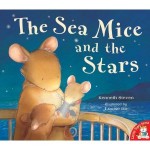 With Christmas fast approaching we have been thinking about our favourite Christmas books. One of these is The Christmas Bear, by Henrietta and Paul Stickland. Little Bear falls into the magical world of Santa’s workshop. It is joyful books, richly illustrated and full of lots of detail. This wonderful world of toys and wrapping and all the jobs and tools for the elves to make and test the toys is mesmerising. There is so much to look at! and we love spotting Father Christmas’ naughty pet penguin. Another favourite is The Sea Mice and the Stars, by Kenneth Steven and Louise Ho. Ashenteen is a sea mouse, and she and her family collect fallen stars each winter to light the other mice’s homes and guide them home through storm and snow. A lovely adventure story, with a happy ending. A really magical Christmas book.
With Christmas fast approaching we have been thinking about our favourite Christmas books. One of these is The Christmas Bear, by Henrietta and Paul Stickland. Little Bear falls into the magical world of Santa’s workshop. It is joyful books, richly illustrated and full of lots of detail. This wonderful world of toys and wrapping and all the jobs and tools for the elves to make and test the toys is mesmerising. There is so much to look at! and we love spotting Father Christmas’ naughty pet penguin. Another favourite is The Sea Mice and the Stars, by Kenneth Steven and Louise Ho. Ashenteen is a sea mouse, and she and her family collect fallen stars each winter to light the other mice’s homes and guide them home through storm and snow. A lovely adventure story, with a happy ending. A really magical Christmas book.
27th Nov: A early favourite
 One of my daughter’s early favourite board books was My First Words, illustrated by Kate Merritt. She loved the bold, colourful pictures on themed pages. The words are really clear and she loved pointing to them and saying the animal, or part of the body or clothes.
One of my daughter’s early favourite board books was My First Words, illustrated by Kate Merritt. She loved the bold, colourful pictures on themed pages. The words are really clear and she loved pointing to them and saying the animal, or part of the body or clothes.
26th Nov: Katie Morag
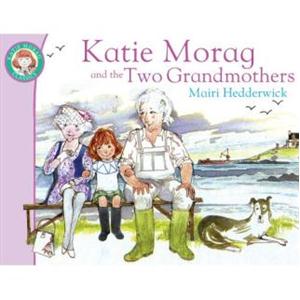 One of our favourite picture book characters is Katie Morag. This little person’s big personality shines out of this series of books by Dr Mairi Hedderwick. There are a number of these that we borrow from the library again and again. Hedderwick’s soft watercolours provide an evocative feeling of living on a small Scottish island. Both my children have been breastfed and it is wonderful to see that depicted as part of everyday life in the books where Katie has a baby sister, in particular Katie Morag and the Tiresome Ted.
One of our favourite picture book characters is Katie Morag. This little person’s big personality shines out of this series of books by Dr Mairi Hedderwick. There are a number of these that we borrow from the library again and again. Hedderwick’s soft watercolours provide an evocative feeling of living on a small Scottish island. Both my children have been breastfed and it is wonderful to see that depicted as part of everyday life in the books where Katie has a baby sister, in particular Katie Morag and the Tiresome Ted.
25th Nov: Urbble Gloop
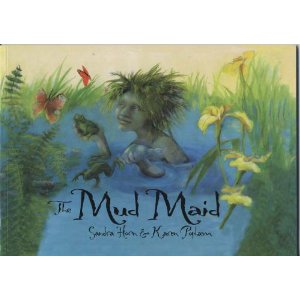 A few years ago we visited Heligan Gardens in Cornwall and bought this lovely book. The Mud Maid: A Story of Heligan, by Sandra Horn (Author) and Karen Popham (Illustrator) It  is a wonderful bitter sweet fantasy story, with a happy ending, all about the passage of time in the abandoned gardens and their return to glory from the point of view of the mud maid – a pond spirit who lives in the gardens. It covers time, abandonment, loneliness, war, hope and renewal.
A few years ago we visited Heligan Gardens in Cornwall and bought this lovely book. The Mud Maid: A Story of Heligan, by Sandra Horn (Author) and Karen Popham (Illustrator) It  is a wonderful bitter sweet fantasy story, with a happy ending, all about the passage of time in the abandoned gardens and their return to glory from the point of view of the mud maid – a pond spirit who lives in the gardens. It covers time, abandonment, loneliness, war, hope and renewal.
24th Nov: Mia’s story
 Mia’s story, by Michael Foreman is a poignant story about how a little girl living with her family on a rubbish tip in Chile, finds hope and beauty after the loss of her dog. The soft watercolours provide a gentle background and beautifully illustrate the change from the cold, desolate rubbish tip to a beautiful field of flowers, providing financial hope to the family. One of the things we love about this book is the different cultural setting and the way that, although integral to the story, it is secondary to Mia’s story, rather than the focus.
Mia’s story, by Michael Foreman is a poignant story about how a little girl living with her family on a rubbish tip in Chile, finds hope and beauty after the loss of her dog. The soft watercolours provide a gentle background and beautifully illustrate the change from the cold, desolate rubbish tip to a beautiful field of flowers, providing financial hope to the family. One of the things we love about this book is the different cultural setting and the way that, although integral to the story, it is secondary to Mia’s story, rather than the focus.
23rd Nov: Lift the flap …
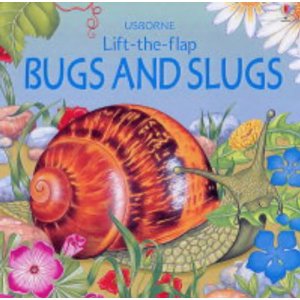 Another series that we have several of and return to again and again is Usborne‘s Lift the Flap books. We have Dragons, Bugs and slugs and Dinosaurs. These are very approachable very early factual books  (not sure this is strictly true of the Dragons one!), with lots of interaction. The colours are bright and bold and the text really uses the page and the flaps to work altogether, unlike many factual books which end up stilted and a little boring. In fact we find it much harder to find factual books that match our expectations of illustration and readability. These ones certainly do that.
Another series that we have several of and return to again and again is Usborne‘s Lift the Flap books. We have Dragons, Bugs and slugs and Dinosaurs. These are very approachable very early factual books  (not sure this is strictly true of the Dragons one!), with lots of interaction. The colours are bright and bold and the text really uses the page and the flaps to work altogether, unlike many factual books which end up stilted and a little boring. In fact we find it much harder to find factual books that match our expectations of illustration and readability. These ones certainly do that.
22 Nov: Another Aussie gem
 Another Australian picture book today, Uno’s Garden by Graeme Base. This is a book on the balance of nature,  on ecology and maths. It is the story of how one man, Uno, came to live in the rich, lush forest full of animals and plants. But as more people join him the they have a terrible impact on the animals and plants. But not all is lost and a more balanced approach provides hope, and the animals and plants return. The stunning, rich illustrations are filled with details and the words have a lovely rhythm to them. It is search and count book, filled with imaginatively named animals such as the snortlepig and the lumpybums. But it also tackles more advanced number patterns in the form of square numbers and doubling numbers.
Another Australian picture book today, Uno’s Garden by Graeme Base. This is a book on the balance of nature,  on ecology and maths. It is the story of how one man, Uno, came to live in the rich, lush forest full of animals and plants. But as more people join him the they have a terrible impact on the animals and plants. But not all is lost and a more balanced approach provides hope, and the animals and plants return. The stunning, rich illustrations are filled with details and the words have a lovely rhythm to them. It is search and count book, filled with imaginatively named animals such as the snortlepig and the lumpybums. But it also tackles more advanced number patterns in the form of square numbers and doubling numbers.
21 Nov: Lauren Child
 Another of our favourite illustrators and authors today - Lauren Child. Best-known for Charlie and Lola, her illustrations use patterns in an often surprising way. Lola is a character my girls both love. And they enjoy many of the books and the TV series. But our current favourite is something a little different - Who wants to be a Poodle? I Don’t! All about a pampered pooch who longs to reconnect with what it should mean to be a poodle. The wonderful use of patterns against other patterns, and patterns of text make for a visually treat, and a more sophisticated picture book than Charlie and Lola, which are aimed at younger readers.
Another of our favourite illustrators and authors today - Lauren Child. Best-known for Charlie and Lola, her illustrations use patterns in an often surprising way. Lola is a character my girls both love. And they enjoy many of the books and the TV series. But our current favourite is something a little different - Who wants to be a Poodle? I Don’t! All about a pampered pooch who longs to reconnect with what it should mean to be a poodle. The wonderful use of patterns against other patterns, and patterns of text make for a visually treat, and a more sophisticated picture book than Charlie and Lola, which are aimed at younger readers.
20th Nov: A right royal mess …

 Humorous,slightly risqué picture books can delight child and adult alike. We have two favourites about knickers and pants. Pants in the UK sense of the word – meaning underwear rather than the decidedly less humorous trousers/pants! The first is The Queen’s Knickers, by Nicholas Allen. The story of the Queen’s many knickers – one for every occasion, how they go missing and which will she wear for a school visit. We have borrowed this one from the library repeatedly. A nice gentle, humorous book. Pants, by Giles Andreae and Nick Sharratt on the other hand is a big, bold, shouty book! Bright and colourful, skipping through lots of different kinds of pants.
Humorous,slightly risqué picture books can delight child and adult alike. We have two favourites about knickers and pants. Pants in the UK sense of the word – meaning underwear rather than the decidedly less humorous trousers/pants! The first is The Queen’s Knickers, by Nicholas Allen. The story of the Queen’s many knickers – one for every occasion, how they go missing and which will she wear for a school visit. We have borrowed this one from the library repeatedly. A nice gentle, humorous book. Pants, by Giles Andreae and Nick Sharratt on the other hand is a big, bold, shouty book! Bright and colourful, skipping through lots of different kinds of pants.
19th Nov: Big, bold and beautiful animals …
 Today’s book is all about the illustrations! Zoo-ology, by Joelle Jolivetis a wonderfully over-sized book, with lots of illustrations of animals. It is big, bold and beautiful. Each double spread has a theme – cold, horned, in the sea and so on. It is the kind of book that a child will spend hours examining, again and again. I particular love the way the animals are not limited to the more familiar – whilst these are represented so are green-eyed tree frogs and tarsiers! It really feels like a great first animal encyclopedia. We also enjoy looking through the pages for the chameleon hidden on each one.
Today’s book is all about the illustrations! Zoo-ology, by Joelle Jolivetis a wonderfully over-sized book, with lots of illustrations of animals. It is big, bold and beautiful. Each double spread has a theme – cold, horned, in the sea and so on. It is the kind of book that a child will spend hours examining, again and again. I particular love the way the animals are not limited to the more familiar – whilst these are represented so are green-eyed tree frogs and tarsiers! It really feels like a great first animal encyclopedia. We also enjoy looking through the pages for the chameleon hidden on each one.
18th Nov: Wonderwise

 As home educators we are always on the look out for factual books that entertain and interest. A friend introduced us to a great series – Wonderwise. Yum-Yum: a look at food chains, by Mick Manning and Brita Granstrom is unusually good as a first book on food chains. It reads very well as a story, without any extra information disturbing the flow. It isn’t too simplistic in its view of food chains. It includes what happens when an animal dies, the fact that plants use nutrients from decomposed animals as food, and illustrates that there may be different consumers of that same plant (in this case). Our favourites also include The World is full of babies and When I was young.
As home educators we are always on the look out for factual books that entertain and interest. A friend introduced us to a great series – Wonderwise. Yum-Yum: a look at food chains, by Mick Manning and Brita Granstrom is unusually good as a first book on food chains. It reads very well as a story, without any extra information disturbing the flow. It isn’t too simplistic in its view of food chains. It includes what happens when an animal dies, the fact that plants use nutrients from decomposed animals as food, and illustrates that there may be different consumers of that same plant (in this case). Our favourites also include The World is full of babies and When I was young.
17th Nov: My Two Grannies
 Whilst working on this post for Picture Book Month we have been reminded of some picture books that we haven’t borrowed from the library for a while – but have really loved and at one time borrowed again and again. One of these is My Two Granniesby Floella Benjamin, ullustrated by Margaret Chamberlain. Alvina’s two grannies are very different – one is from Trinidad, the other from the north of England. A lovely story about how they learn to share their time with their grand daughter, and become good friends whilst her parents are away.
Whilst working on this post for Picture Book Month we have been reminded of some picture books that we haven’t borrowed from the library for a while – but have really loved and at one time borrowed again and again. One of these is My Two Granniesby Floella Benjamin, ullustrated by Margaret Chamberlain. Alvina’s two grannies are very different – one is from Trinidad, the other from the north of England. A lovely story about how they learn to share their time with their grand daughter, and become good friends whilst her parents are away.
16th Nov: Another favourite author …
 Another favourite author/illustrator today. Bob Graham. We really like his whimsical, gentle books. They manage to mix the very down to earth with the positively magical in a unique way. One of our favourites is Oscar’s Half Birthday. Set in an inner city, baby Oscar and his family celebrate his first six months of life with a trip to the park for a picnic. A very simple, uplifting story, but with lots of characterisation and it is great to see books showing urban life, younger parents and mixed race families with out it being the focus of a moral or issue to be tackled, just in an everyday but joyful way. Another favourite is Jethro Byrd, Fairy Child. Again Bob Graham mixes the magical – fairies – with the mundane. In this case a back yard and travelling in an old van (the fairies that is).
Another favourite author/illustrator today. Bob Graham. We really like his whimsical, gentle books. They manage to mix the very down to earth with the positively magical in a unique way. One of our favourites is Oscar’s Half Birthday. Set in an inner city, baby Oscar and his family celebrate his first six months of life with a trip to the park for a picnic. A very simple, uplifting story, but with lots of characterisation and it is great to see books showing urban life, younger parents and mixed race families with out it being the focus of a moral or issue to be tackled, just in an everyday but joyful way. Another favourite is Jethro Byrd, Fairy Child. Again Bob Graham mixes the magical – fairies – with the mundane. In this case a back yard and travelling in an old van (the fairies that is).
More favourite picture books for November …
*****************************************************
November is Picture Book Month. To celebrate I’ll add some more of our favourite picture books each day through out November. In a picture book, the illustrations are integral, providing not only a visual experience but telling the story too. They can provide not only a wonderful introduction to reading, but also an appreciation of poetry and art. As the saying goes a picture is worth a thousand words.  Find out more about Picture Book Month and read the daily featured posts from Picture Book Champions. Please leave a comment telling us about your favourite picture books…
Find out more about Picture Book Month and read the daily featured posts from Picture Book Champions. Please leave a comment telling us about your favourite picture books…

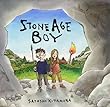





















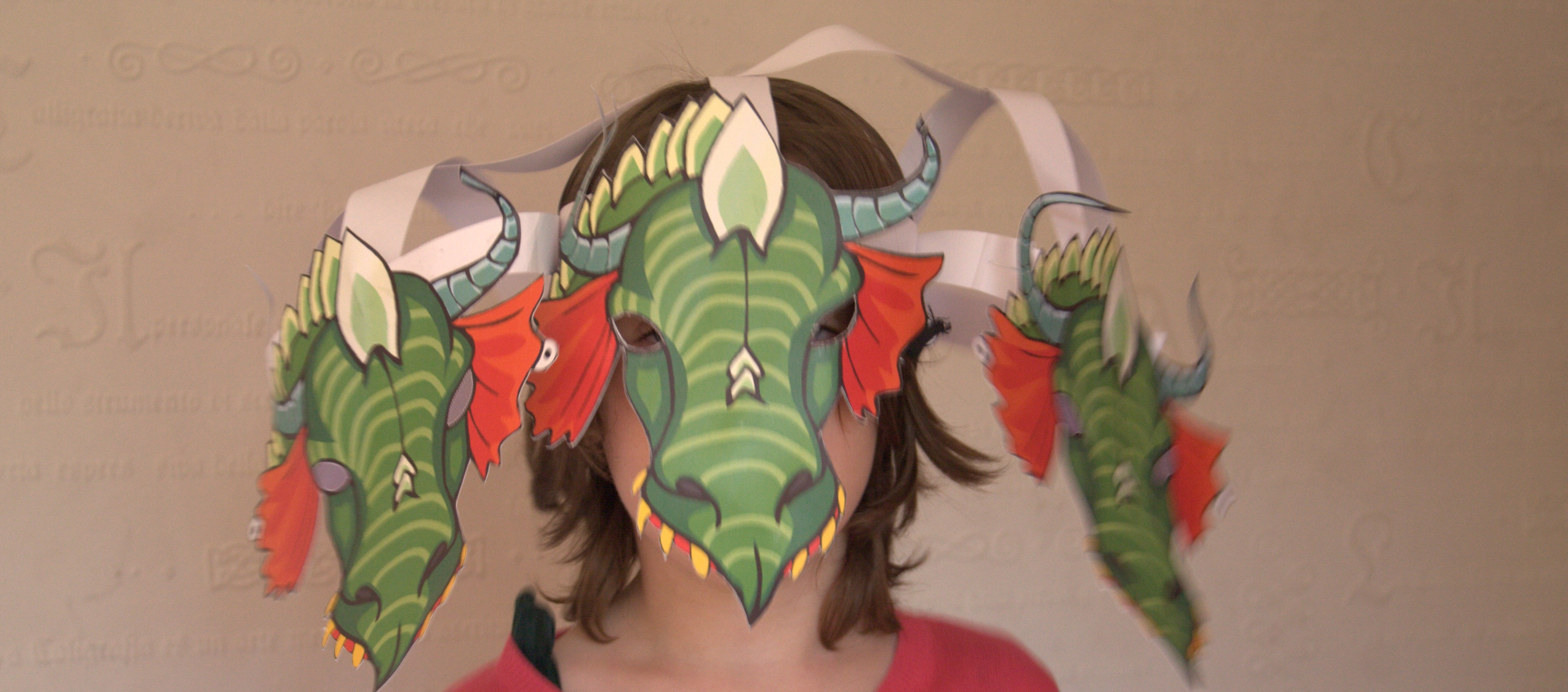

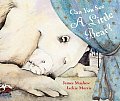

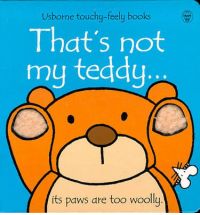


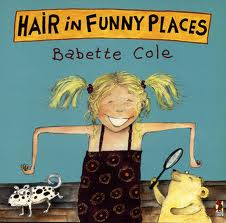








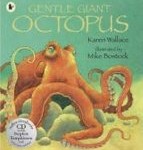









 So to kick off I thought I would share one of our favourite writer/illustrator partnerships -Â
So to kick off I thought I would share one of our favourite writer/illustrator partnerships -Â 
